April 14, 2025 | 14:43 GMT +7
April 14, 2025 | 14:43 GMT +7
Hotline: 0913.378.918
April 14, 2025 | 14:43 GMT +7
Hotline: 0913.378.918

Vietnam's imports of animal feed increased sharply earlier this year.
According to the General Department of Customs, in February 2021, the US animal feed and raw materials imported to Vietnam reached US$ 97.52 million, 21.4% higher compared to January 2021 and sharply increased by 232% compared to February 2020. To summarize, for the first two months of this year, the US animal feed and raw materials imported to Vietnam reached US$ 177.86 million, sharply increased by 219% compared to the same period in 2020.
Imports of animal feed and raw materials from the EU also increased strongly. In the first 2 months of this year, imports of animal feed and raw materials from the EU reached US$ 68.75 million, which increased sharply by 98.5% compared to the first two months of the year before.
Among the largest animal feed and raw material suppliers to Vietnam, imports from India increased the most. In the first two months of the year, imports from India reached US$ 65.36 million, up 359.5%.
Moreover, imports of animal feed and raw materials from Southeast Asian countries made a 37.4% increase, reaching 48.83 million USD.
On contrary to the mentioned markets, there was a decline in imports of animal feed and raw materials from the originally biggest market - Argentina. In February 2021, imports from Argentina only reached US$ 70.24 million, a sharp decrease of 42% compared to January 2021 and a sharp decrease of 48.3% compared to February 2020. In summary, for the first 2 months of the year, imports of animal feed and raw materials from Argentina reached US$ 191.39 million, down 8.7% compared to the same period in 2020.
However, Argentina is still Vietnam’s biggest animal feed and raw materials supplier. The import value from this market accounts for 28% of the total import turnover for animal feed and raw materials groups of the country in the first 2 months of the year.
The US ranked second among Vietnam’s animal feed and raw materials supply markets, with a proportion of 26%, next are the EU (10%), India (9.6%), Hungary (7.7%), Southeast Asia (7.1%)…

An animal feed factory in Dong Nai province.
Generally, in the first two months of 2021, animal feed and raw materials imported into Vietnam were estimated to reach US$ 682 million, an increase of 33.1% compared to the first two months of 2020.
Import value of animal feed and raw materials into Vietnam strongly increased, in addition to the increase in demand, there are other major reasons such as the sharply increased sea freight rate due to the lack of containers and the price of many materials in the world have increased.
As stated by Mr. Pham Duc Binh, Vice President of the Vietnam Animal Feed Association, China is increasing its global purchasing of raw materials for animal feed production, which has significantly contributed to the rise in prices of many ingredients for animal feed in the context of limited supply in many countries due to the weather.
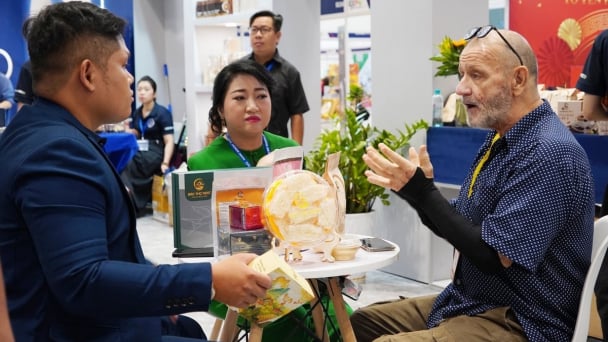
(VAN) Product quality, branding strategy, and technology innovation are key factors for Vietnamese bird’s nest to establish its foothold on the global map.
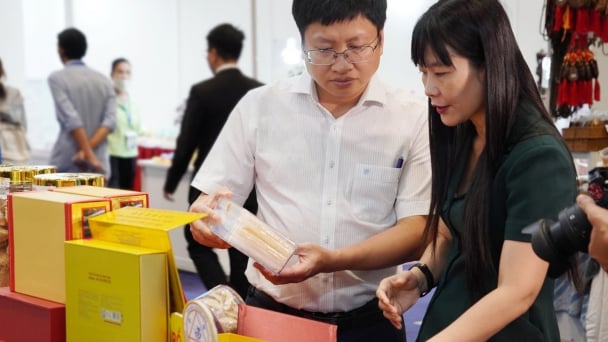
(VAN) KOCHAM Deputy President expects that Vietnam would accelerate innovation and development of bird’s nest-based products as a representation of Vietnamese culture.
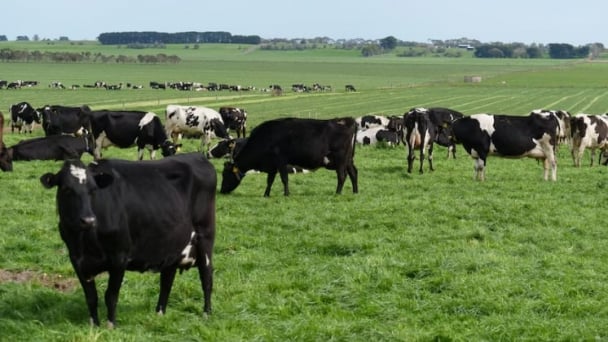
(VAN) Imported dairy products are weakening the local industry, according to dairy farmers and processors.
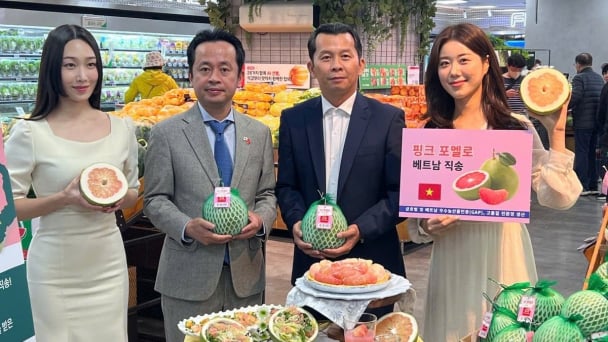
(VAN) April 10 marked a significant milestone for Vietnam's agricultural exports as Vietnamese pomelos officially became available at the Lotte Mart supermarket chain in South Korea.
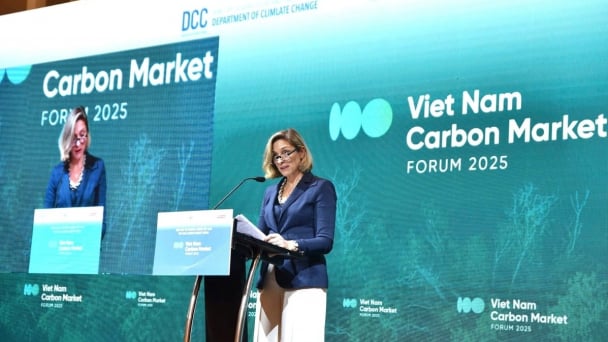
(VAN) Vietnam is focusing on developing the legal framework and technical infrastructure for the carbon market, with committed support from global financial institutions.
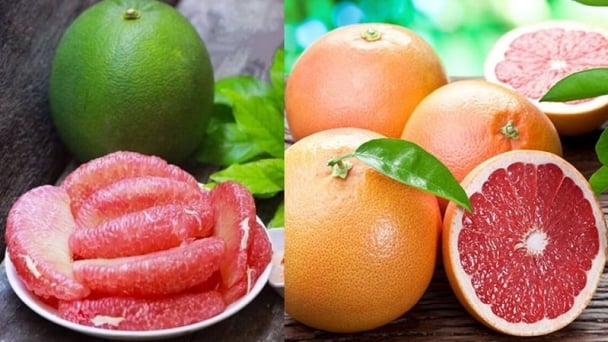
(VAN) The citrus fruits market in China is expected to slow down, but still show steady expansion, with volume reaching 56M tons and value reaching $71B by the end of 2035.
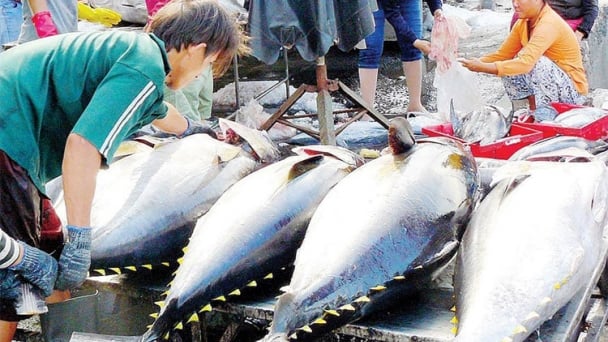
(VAN) The European Union issued a notice regarding the amendment of Annex III of Regulation (EC) No 853/2004 and aims to introduce new provisions in the fourth quarter of 2025.